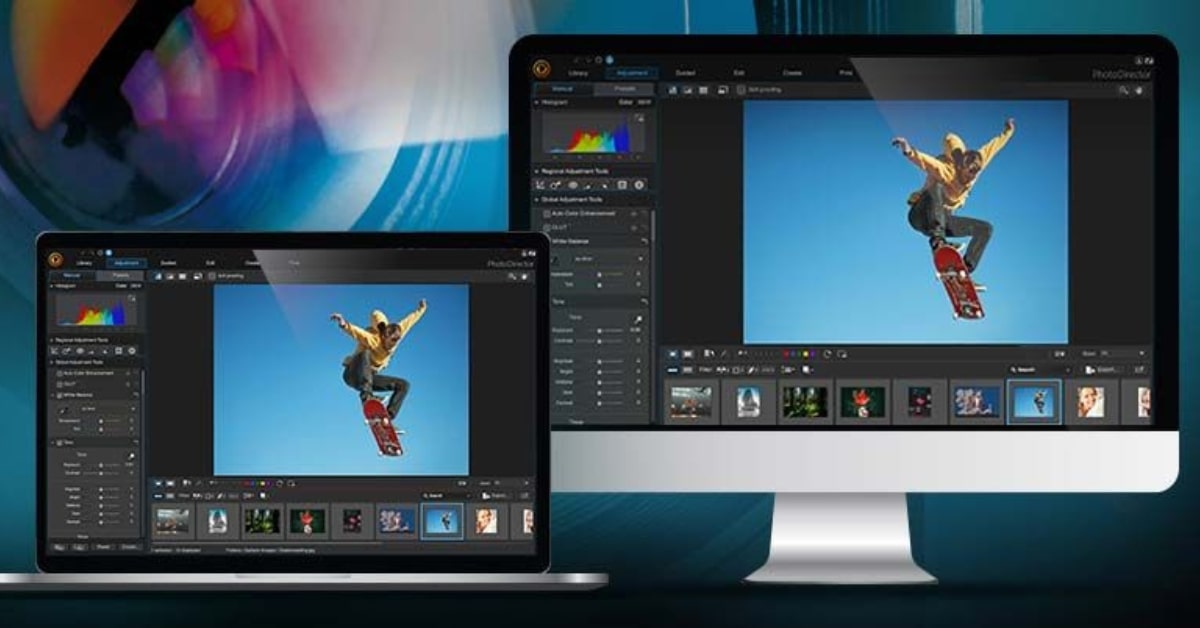In today’s digital age, the right image editing software serves as a powerful tool for unleashing creativity and transforming ordinary visuals into captivating masterpieces. Choosing the best image editing software can significantly impact the quality and appeal of your images. This comprehensive guide will navigate you through the best image editing software options, their features, and how they cater to various editing needs.
Criteria for the Best Image Editing Software
Selecting the best image editing software involves considering key aspects that contribute to its effectiveness:
- Editing Features: Robust editing tools including adjustment layers, filters, retouching options, and specialized effects for diverse editing needs.
- User Interface: Intuitive controls, user-friendly layout, and ease of navigation for efficient and seamless editing experiences.
- Compatibility: Compatibility with different operating systems, file formats, and integration with other software or plugins.
- Performance: Speed, responsiveness, and ability to handle high-resolution images without compromising quality.
Exploring Top Image Editing Software
- Adobe Photoshop: Renowned for its comprehensive toolset, advanced features, and versatility suitable for both basic and advanced editing needs.
- Lightroom: Ideal for photo organization, batch editing, and non-destructive editing, especially for photographers working with large volumes of images.
- Affinity Photo: Known for its powerful editing capabilities, including advanced retouching, layer-based editing, and compatibility with various file formats.
- GIMP (GNU Image Manipulation Program): An open-source software offering extensive features for image editing, suitable for both beginners and experienced users.
FAQs
Is it necessary to purchase expensive software for image editing, or are there free options available?
There are both paid and free image editing software options available. Free software like GIMP offers powerful editing tools, while paid software like Adobe Photoshop provides additional features and support.
Can these software options run on both Windows and Mac operating systems?
Yes, most of the listed software options are compatible with both Windows and Mac operating systems, ensuring accessibility across platforms.
Are there online tutorials or courses available for learning how to use these image editing software?
Yes, there are numerous online tutorials, courses, and communities available for learning how to use these software options, catering to beginners and advanced users.
Can these software options be used for professional-grade editing or are they more suited for amateur use?
All listed software options can be used for professional-grade editing, offering extensive features that cater to a wide range of editing needs and skill levels.
Conclusion
Choosing the best image editing software is crucial for achieving your creative vision and producing visually stunning content. By understanding the features, compatibility, and versatility of various software options, you can select the one that aligns best with your editing style and requirements. Embrace the power of these software tools to enhance your images, explore your artistic potential, and bring your visual concepts to life.
This page was last edited on 27 February 2024, at 2:26 pm
